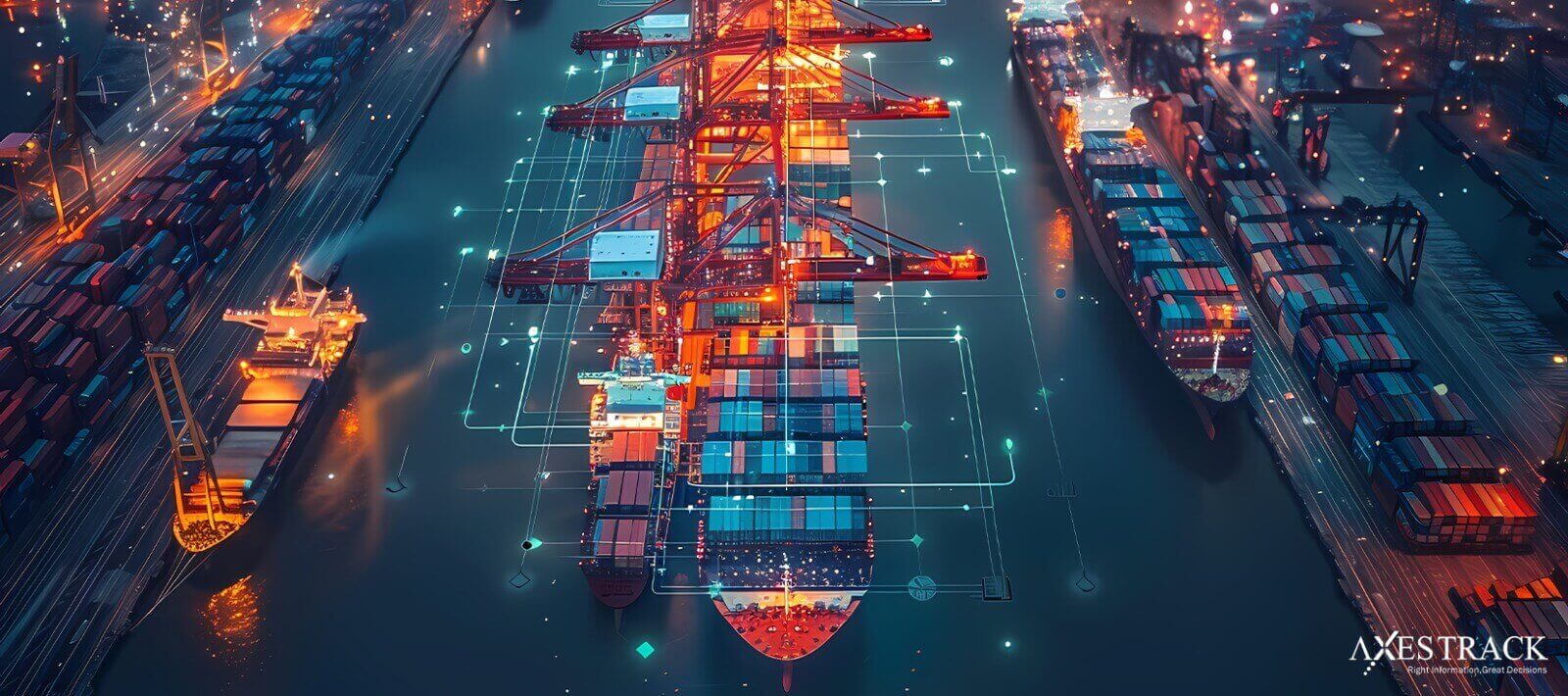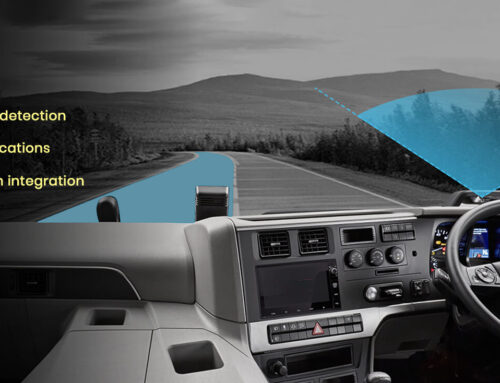In today’s high-volume, high-pressure port environment, relying on outdated manual systems and siloed data is no longer viable. Congestion, inconsistent cargo flow, and inefficient scheduling continue to plague ports worldwide. But the real bottleneck isn’t just operational—it’s informational. Without actionable, real-time data, port authorities are left reacting to problems instead of preventing them.
This is where automation steps in, not just as a tool for control but as a catalyst for insight. Axestrack’s Connected Port Logistics (CPoL) goes beyond visibility to deliver a data-driven framework that empowers ports to track performance, monitor key metrics, and make smarter, faster decisions.
Why Performance Visibility Matters
Every minute lost to inefficiency increases turnaround time, fuel usage, and costs. But to fix what’s broken, ports must first see what’s happening in real time. Traditional port systems often lack a unified view, making it difficult to:
- Track vessel and cargo movements across terminals
- Measure berth and yard utilization accurately
- Understand causes of dwell time or gate congestion
- Evaluate the efficiency of multi-modal transitions
Automation centralizes this data, giving port operators a complete picture of their operations and performance bottlenecks.
Real-Time KPIs, Real-World Impact
Axestrack’s CPoL solution automates the capture, processing, and analysis of data across port touchpoints. The result is a live command center of performance metrics, allowing operators to:
- Monitor Turnaround Time (TAT) Track the actual load and discharge times for each vessel, identify slowdowns, and benchmark against optimal TAT to drive faster cycles.
- Optimize Asset Utilization Use data from yard equipment, cranes, and trucks to monitor idle times, streamline task allocation, and improve operational uptime.
- Track Dwell Times Automatically capture how long containers stay in specific zones, identify excess wait periods, and initiate corrective actions to reduce port congestion.
- Improve Gate-to-Gate Coordination Live alerts and predictive ETAs help manage incoming and outgoing traffic, reduce gate bottlenecks, and ensure smoother container flow.
- Analyze Modal Shift Efficiency Evaluate the effectiveness of road-to-rail or sea-to-road transitions, helping ports design smarter multi-modal routes and reduce carbon-intensive transport.
Enabling Predictive & Proactive Port Operations
Automation doesn’t just show what happened—it helps predict what might go wrong next. Through AI-driven analytics, ports can detect performance anomalies, forecast peak loads, and even simulate the impact of scheduling changes before they happen.
With Axestrack’s CPoL, operators can:
- Identify patterns behind recurring bottlenecks
- Forecast traffic surges or downtime periods
- Adjust berth or yard assignments proactively
- Plan for maintenance or infrastructure upgrades more effectively
A Future-Ready Dashboard for Smart Ports
CPoL’s customizable dashboard puts critical KPIs front and center. Whether it’s cargo throughput, crane efficiency, or carbon emissions per move, every metric is visualized in a way that informs and enables action.
This data-first approach empowers ports to not only react faster but plan better—driving both operational excellence and environmental performance.
Conclusion
In an era where data defines competitiveness, automation is the key to unlocking actionable intelligence in ports. With Axestrack’s Connected Port Logistics, ports don’t just automate workflows—they build a foundation for data-driven growth. Tracking the right KPIs, in real time, helps ports achieve higher efficiency, reduced emissions, and a more agile, informed operation. That’s the power of automated decision-making—and the future of port logistics.





